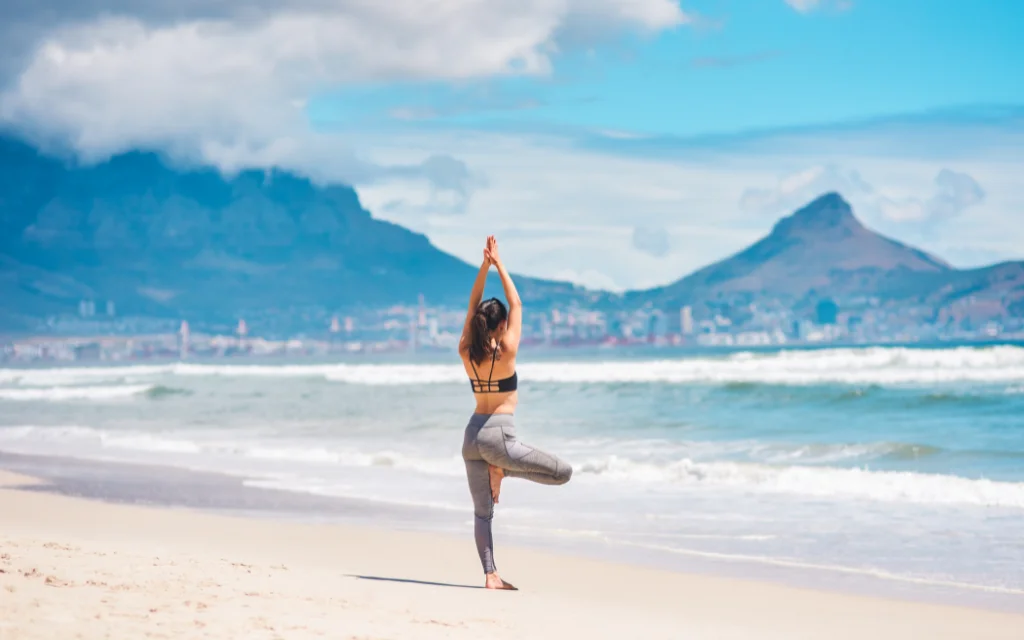Benefits of meditation have been recognized for millennia, offering a wide range of mental, emotional, and physical advantages. However, for some, the idea of structured or traditional meditation can feel uncomfortable or even intimidating.
Many of us are put off before we have even begun by the thought of spending long periods of time sitting cross-legged and reflecting. For some people, the term “meditation” itself can be a tremendous barrier to admittance. It is unfortunate because meditation has many health benefits that can benefit everyone.
These advantages may consist of:
- A decrease in the level of stress we experience
- A greater sense of serenity and relaxation in our life Less anxiety
- A deeper comprehension of our actual thoughts, feelings, and desires
- Reduced wrath, hurt, or uneasiness
- Being more in the now
- Having greater contentment
- A deeper comprehension of our true selves
- This small list is only beginning to cover the ground. Meditation has that kind of power.
Go ahead and continue your journey if you feel comfortable doing longer periods of more conventional meditation. Do not worry if it does not sound like you; I am here to tell you that it does not have to be.
I hope to provide a few suggestions that can help you if you are apprehensive about meditation but still wish to benefit from it. First, though, some introspection.
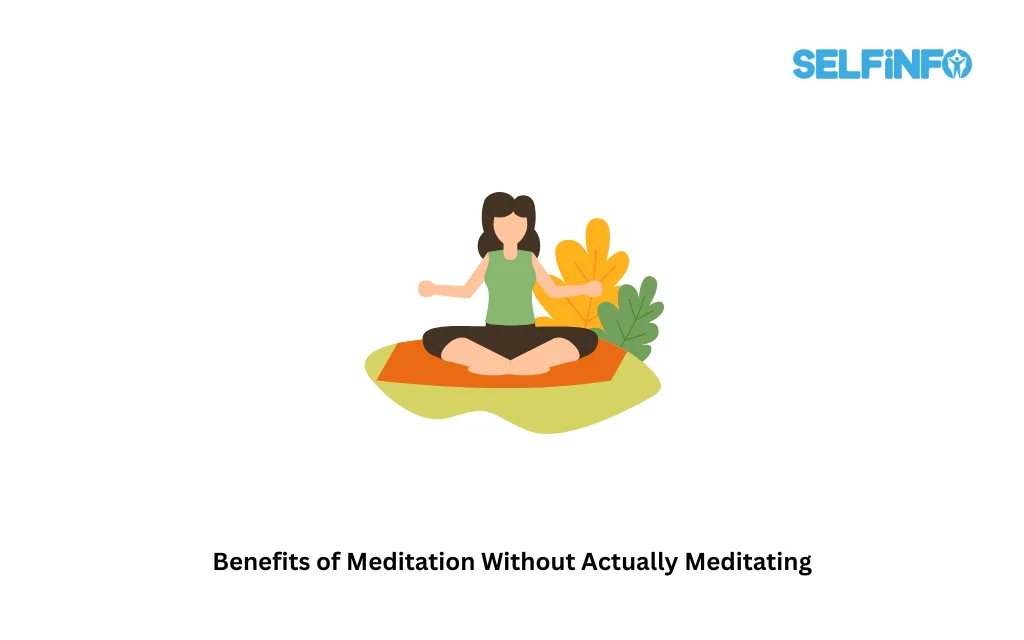
I Confess I Do Not Have a Formal Meditation Practice
Here are a few of my favorite methods for reaping the potent effects of meditation without truly feeling like I am meditating.
1. Walking
My ultimate reset is going for a walk. It clears the cobwebs that can form in the mind. It revitalizes a weary mind and offers fresh stimulation. On a nice, long stroll, complicated issues that I have been battling with sometimes feel like they suddenly fall into place. In a way, a new viewpoint can appear out of nowhere.
I prefer to go for a stroll early in the morning, before the bustle of people and vehicles may overpower the sounds of birdsong. I prefer to walk as close to nature as I can, depending on the location (a pleasant park, a beach, a hike across rolling hills). I believe that this is the closest thing I can get to a structured meditation practice.
2. Being at one with the outdoors and nature
I am passionate about the natural world. Something that, if I just take the time to pause and observe what is happening around me, gives any day vitality and color. It is simultaneously invigorating and grounding for me.
We are constantly in a wonderland in nature. This can be taken for granted. We will feel so much better after spending some time in nature and reestablishing our connection to the great outdoors.
Admire the spider’s web as it shimmers with the dew from the morning.
Enjoy the sunrise and sunset.
Set aside some time to observe the clouds passing overhead and take in the motivation that the scenery provides.
Continue to be amazed by nature’s capacity for change, adaptation, and problem-solving.
Every spring, take advantage of the gifts of rebirth and new life by setting aside intentional time to pause and observe.
3. Losing myself in music (art)
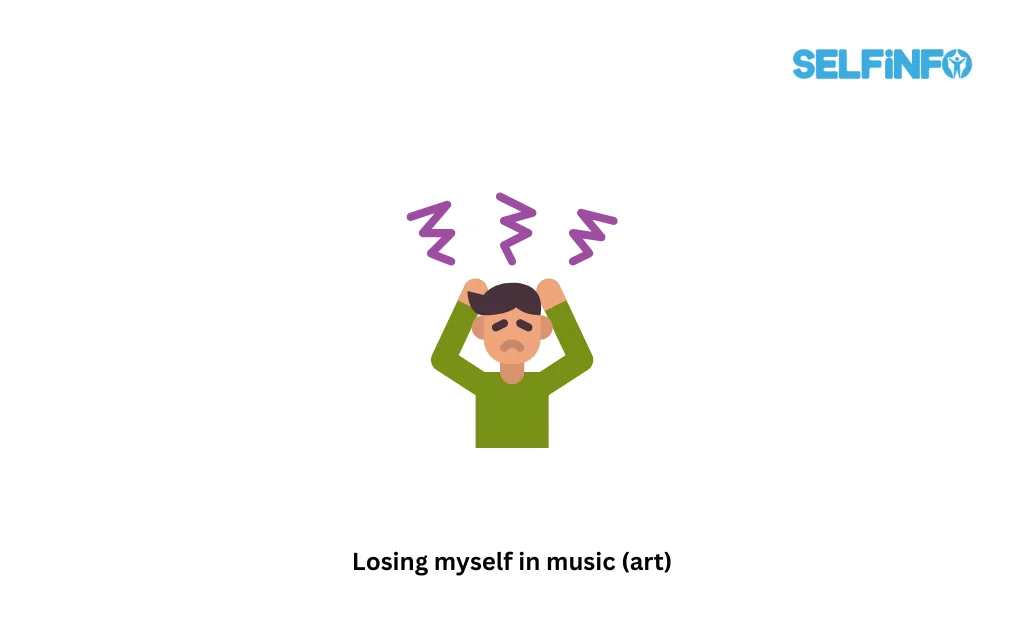
Since you are employing an external stimulus to elicit a response, some might argue that this is cheating; I say call it what you will. The benefits that many claim to obtain from meditation, I have and feel from losing myself in music.
It is music that transforms. It can change our perspective, reduce tension when we are feeling tense about something, and improve our mood on our worst days.
We can use various types of music at various times to enhance our wellbeing. For me, music is one of the greatest joys in life and the last thing I would want to give up.
But if you do not feel that music has the same impact on your life, maybe something else does. The same goal can and is achieved through literature. Or a stunning sculpture or picture that truly touches us, or even a fantastic film. We can use all of the aforementioned in ways that are life-affirming, transformational, and even transforming.
4. Seeking stillness
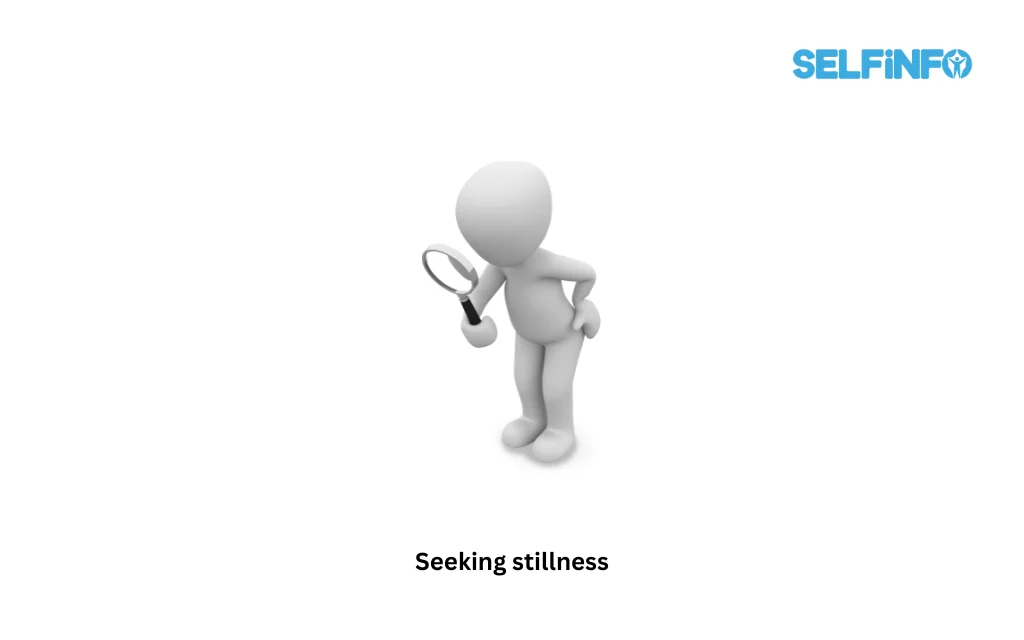
Seeking quiet may seem like a complete opposite of the preceding recommendation to listen to music; perhaps it is, but I need this time. I should stop expecting too much from my thoughts and just let them wander. allowing it to go where it goes. We can spend too little time here in a culture that is results-driven.
Essentially, this is the main purpose of meditation. All it truly means, in my opinion, is setting aside time to connect with our own thoughts and identify a moment of introspection. It’s cutting out the external world for a moment and tuning into frequency us. It involves reestablishing contact with the signal within the cacophony.
It is time to disconnect from the internet, turn off the phone, and create some quiet time in our day.
taking a brief break from the hectic world around us in order to reestablish a connection with ourselves.
No particular seating position is required unless it aids in inducing the state, and no special cushion is required unless you choose one. Simply resolve to practice mindfulness and find some peace anyway you choose.
5. Creating
This entails writing and playing the guitar for me.
I devote a lot of time to writing in particular. On the days and weeks when I have set aside time to write creatively, I feel better. Ideas are free to flow and appear on paper. After trying to convey as clearly as possible and making sense of my thoughts and words, I edit and refine. This creative process can feel almost meditative when I am really in the zone of writing.
6. Exercise (calisthenics, yoga, and breathwork)
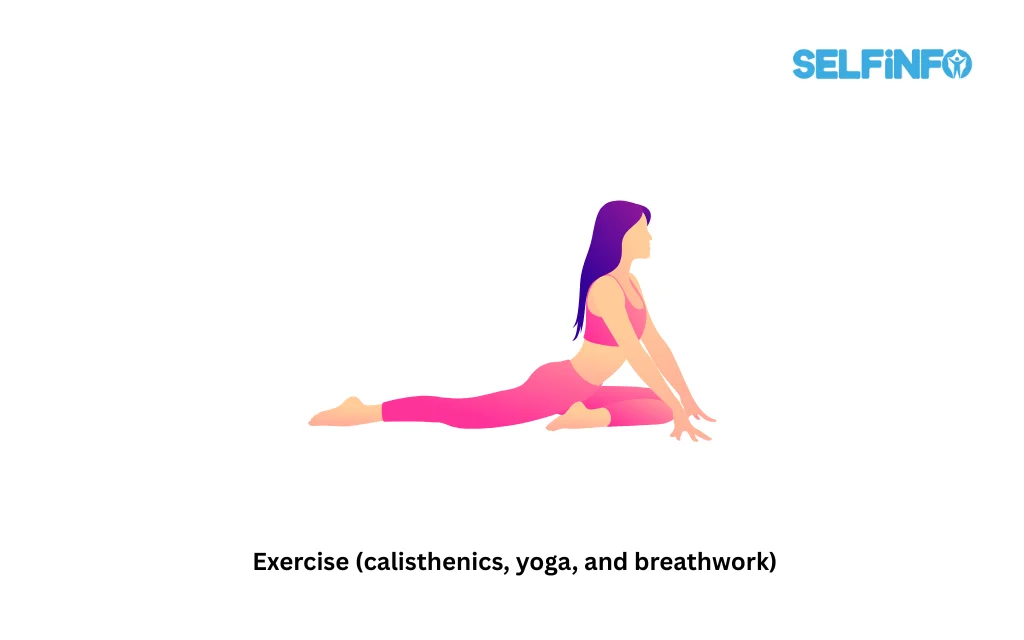
I enjoy and practice calisthenics, which uses one’s own body weight as the weight. This type of training is both physically taxing and incredibly fascinating to me. The unadulterated simplicity appeals to me.
Trying to polish well-worn moves or learning new ones can also have a meditative impact. I am completely focused on my practice, and I frequently have to be if the technique is becoming challenging or requires balancing. I also need to pay attention to where my breath is—am I holding it somewhere or letting it flow—when I am trying to produce tension across my entire body for certain moves.
Since my wife is a yoga practitioner and instructor and has been pushing me to give it a serious go for years, it may come as a surprise that I have been sluggish to embrace yoga, which is relatively new to me. I eventually took note, and I have grown to truly like this time, knucklehead that I am. Along with other forms of exercise, I now schedule time each week to work out on the mat.
I find that doing yoga requires me to be really present because I am new to both the poses and the methods used by many teachers. I have to listen in order to keep up with the class; I have no time to reflect on what has just happened or what will happen next. On the best days, this calms the body and the psyche.
The continuous lines to concentrate on breathing and the breathwork have also helped me recognize my tendencies.
Reframing Meditation

The wonderful thing about this list is that these methods can be used interchangeably and coexist peacefully.
The term “meditation” turns off as many people as it draws, in my opinion. This is a lost chance for all of us to experience the advantages in these hectic and preoccupied times.
All we are doing with the above techniques is slightly resetting when we forget the labels. The technique of meditation without actually practicing meditation, if you will.
Try it. Regularly string these resets together to experience the advantages for yourself. Who knows? After doing this, you could even be receptive to trying out more formal meditation techniques. Otherwise, just go your own way. What works for you should be kept; what does not should be thrown away; it can be called whatever you like or nothing at all.
